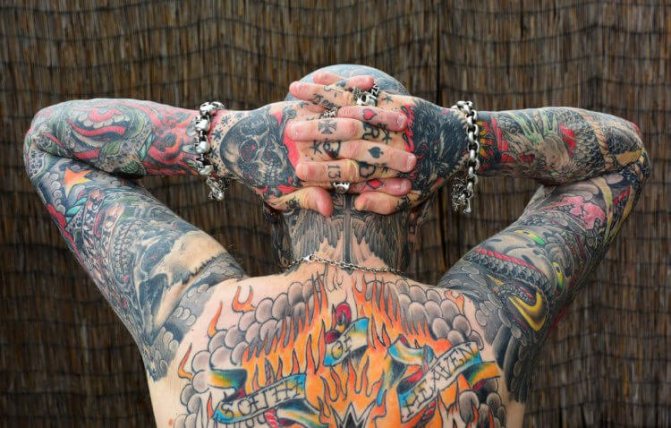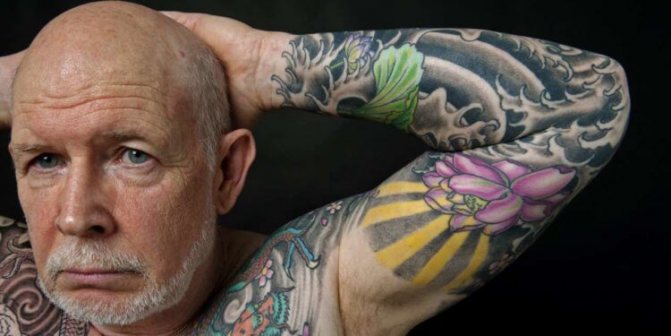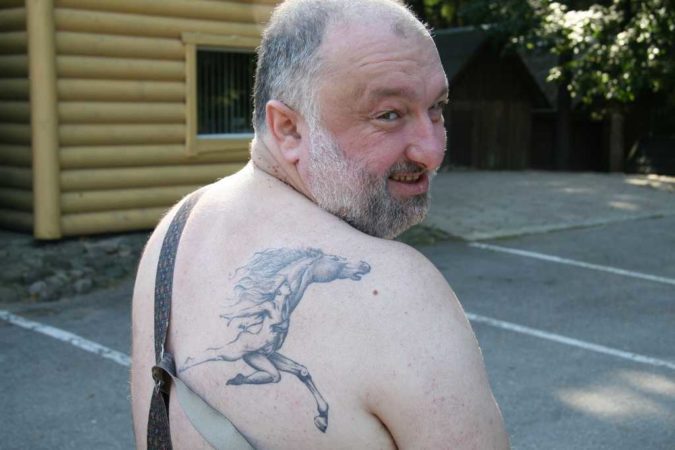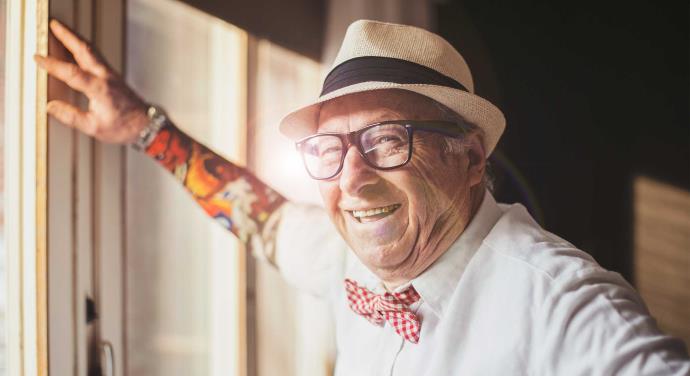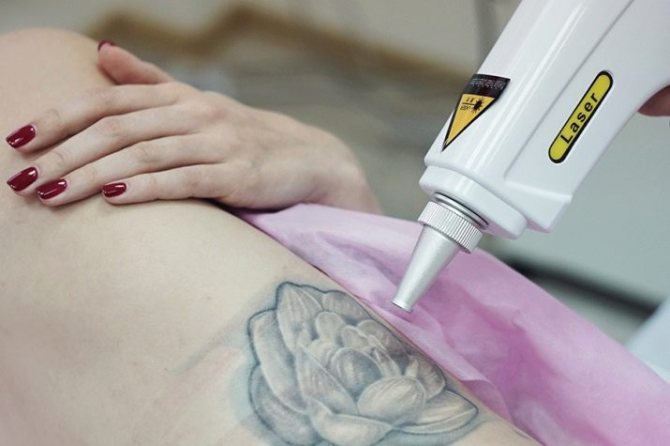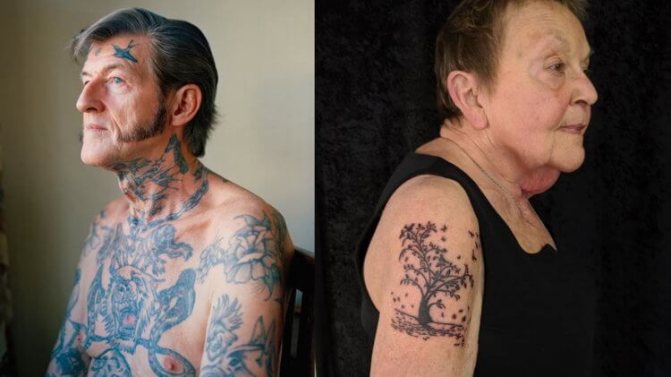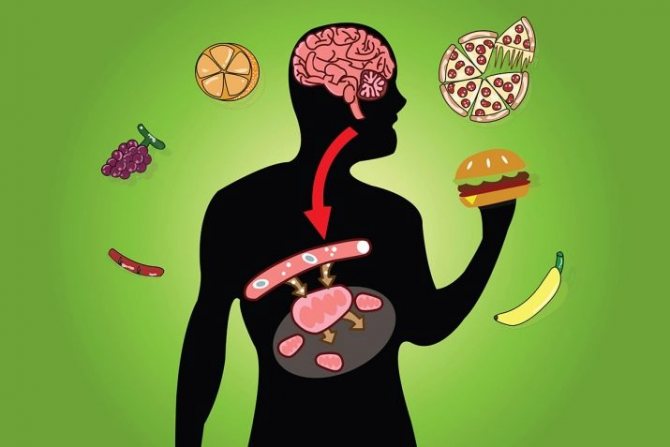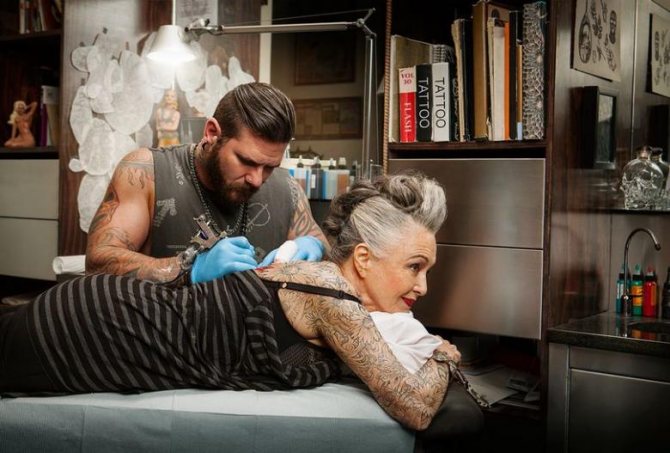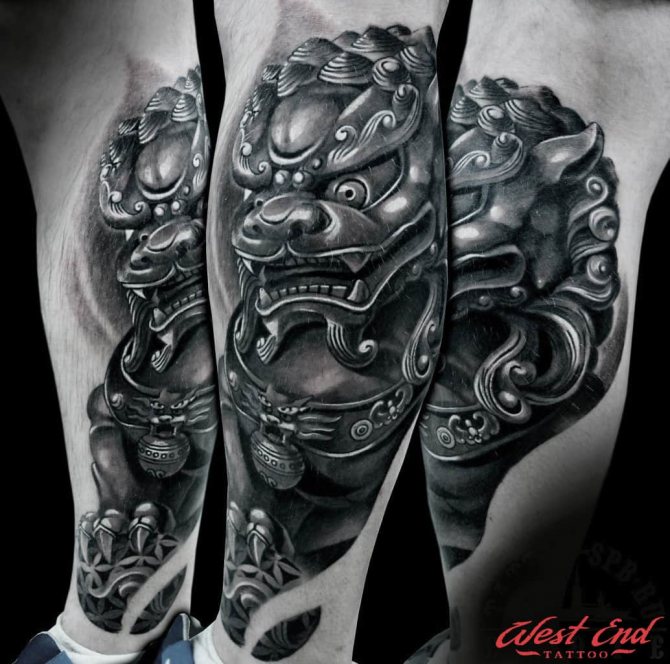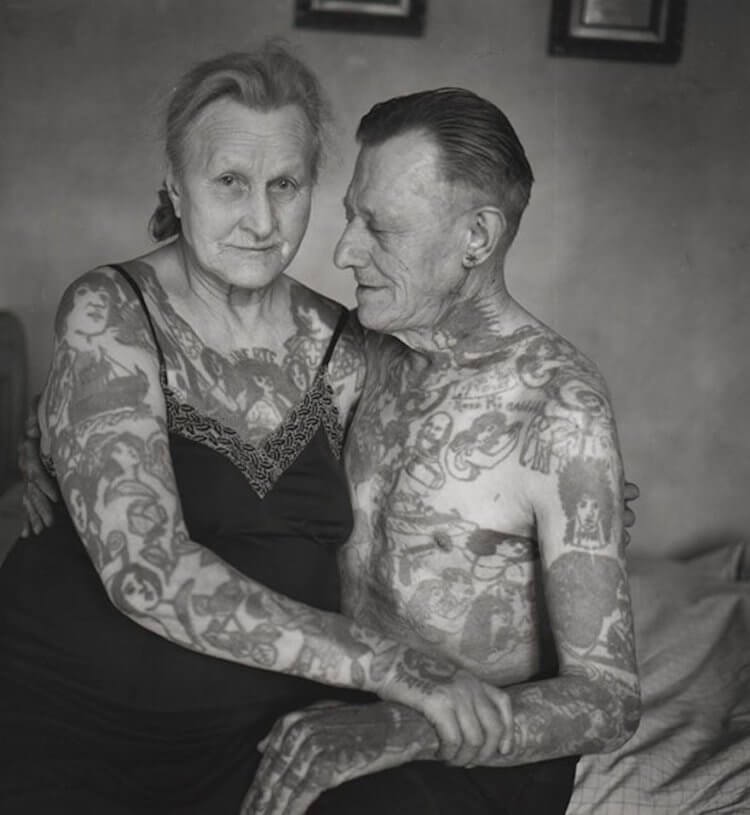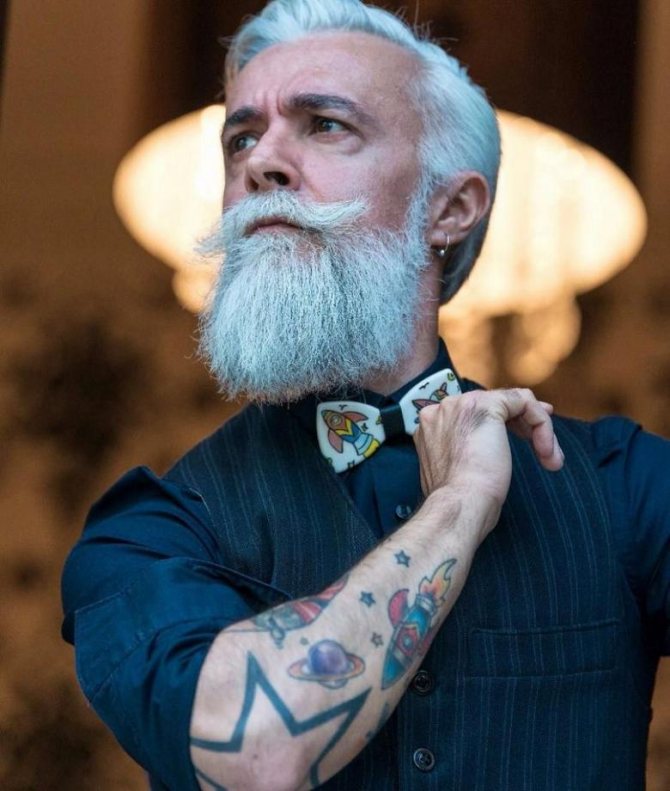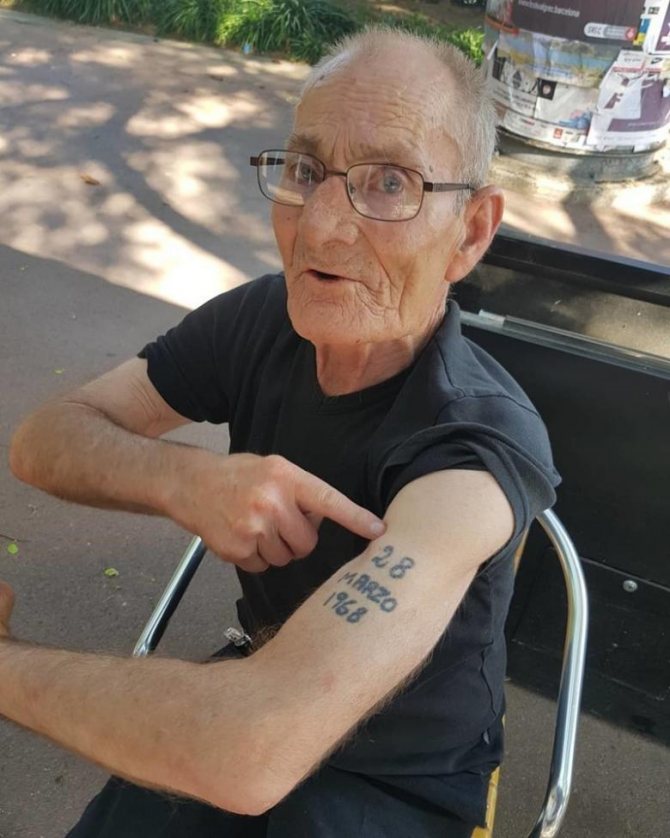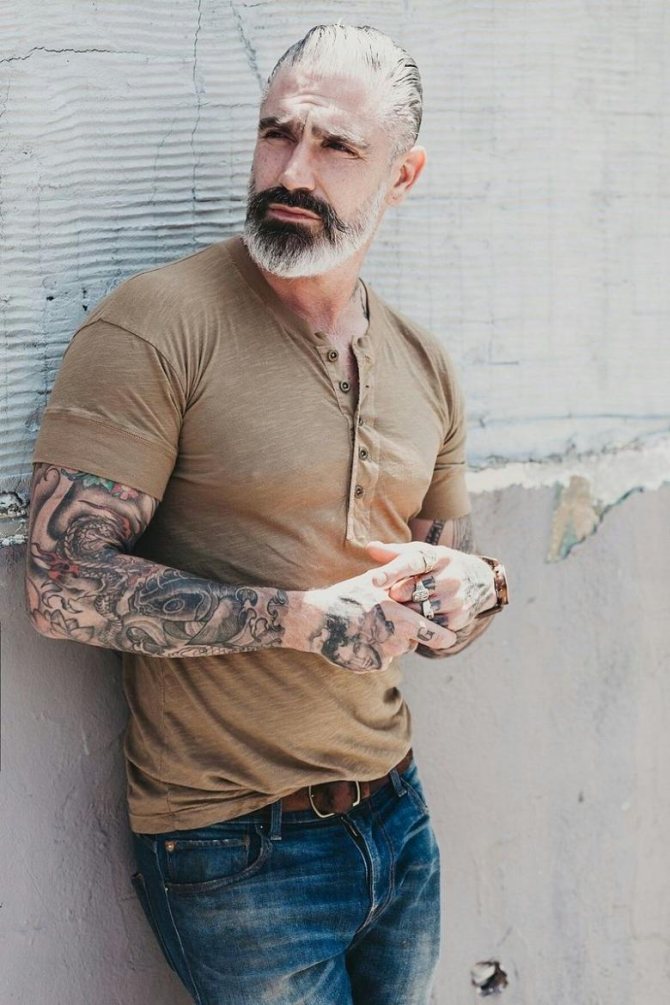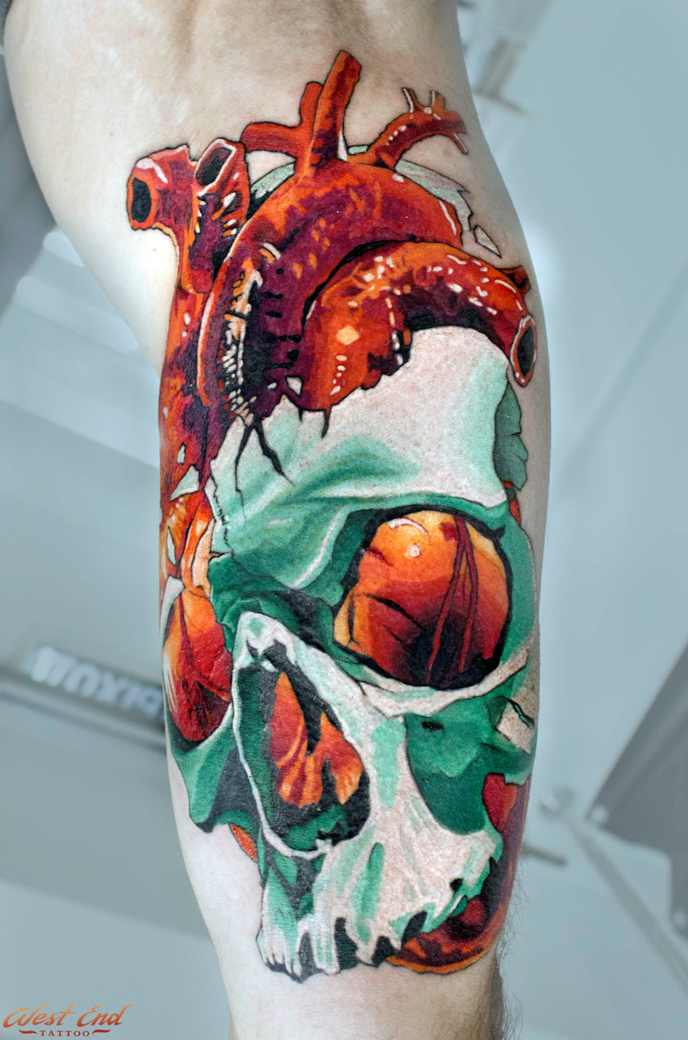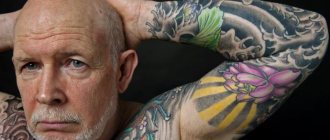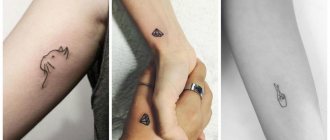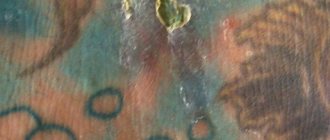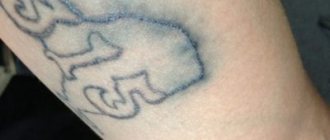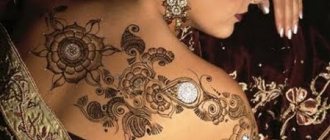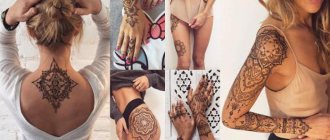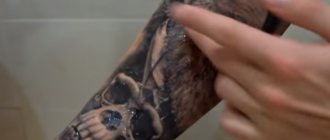All skeptics who try to dissuade their opponents from getting tattoos, in the end the arguments are watered down to a single objection: "Just think, what will a tattoo look like in old age?" A pale blurry picture on flabby skin is far from what one wants to see on one's body after a few decades. However, this image does not always correspond to the truth. As in reality will look tattoo in old age, what nuances should be taken into account to maintain the aesthetic appearance of the image, as well as photos of older men and women with a tattoo on the body and look in our article.
A tattoo can be your motivation
Having a tattoo can serve as a great motivation to keep the body in good shape. A person who has decided to turn a part of his body into a canvas for a work of art has a certain responsibility for this work, first of all to himself. As a rule, large-scale tattoos cost a lot of money for their owners, and in addition their applying is quite painful process, which requires a lot of endurance. By making such sacrifices in the name of beauty and art, people treat their tattoos with great responsibility. The appearance of tattoos in the lapse of time the merit not only the master, but also the owner, because the care in the process of healing in many respects determines its success. But tattoo care does not come to an end even after its full healing. The maintenance of good physical shape, a healthy way of life is directly reflected on a skin and therefore on a tattoo. By taking care of yourself in every sense of the word, you take care of your tattoos. Exercise, proper nutrition and taking care of the quality of your skin will ensure that your tattoo will look great even decades from now. Having tattoos will not let you relax, in addition, large-scale work with a dense background can help hide defects such as scars and burns, and the skin covered with a drawing visually looks less flabby even with age. Therefore, a tattoo can be a great additional motivation to improve your overall quality of life.
Tattoo as Motivation
In order to prevent the tattoo from turning into a shapeless and faded spot, it is necessary to monitor your health and appearance. It is necessary to follow several recommendations.
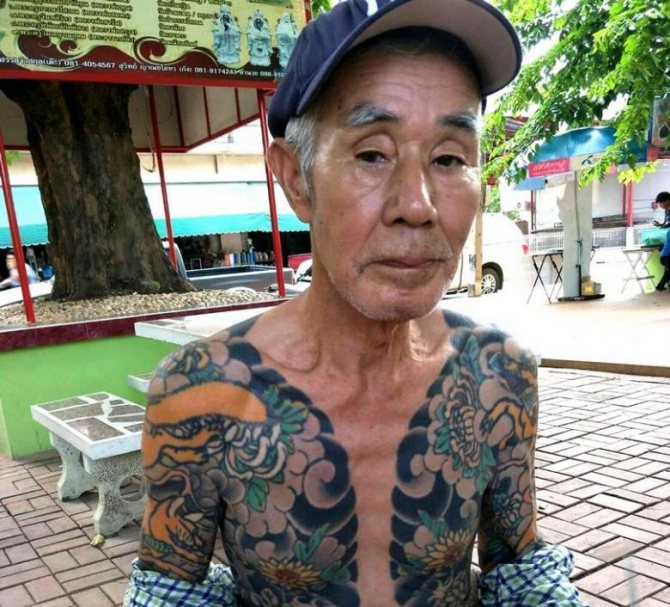
Use cosmetic and therapeutic products.
There are many creams that help the skin to fight the processes of change and aging. Thanks to them, it is possible to keep the paramount look of the tattoo for a long time. Emphasis should be placed on moisturizing creams that will nourish the skin, and sunscreen sprays that will protect against the effects of ultraviolet rays on the tattoo.
Exercise
Through some kind of physical activity, the muscles will keep their shape, therefore, the skin feels better and looks tighter. It is not difficult to do this if you exercise regularly.
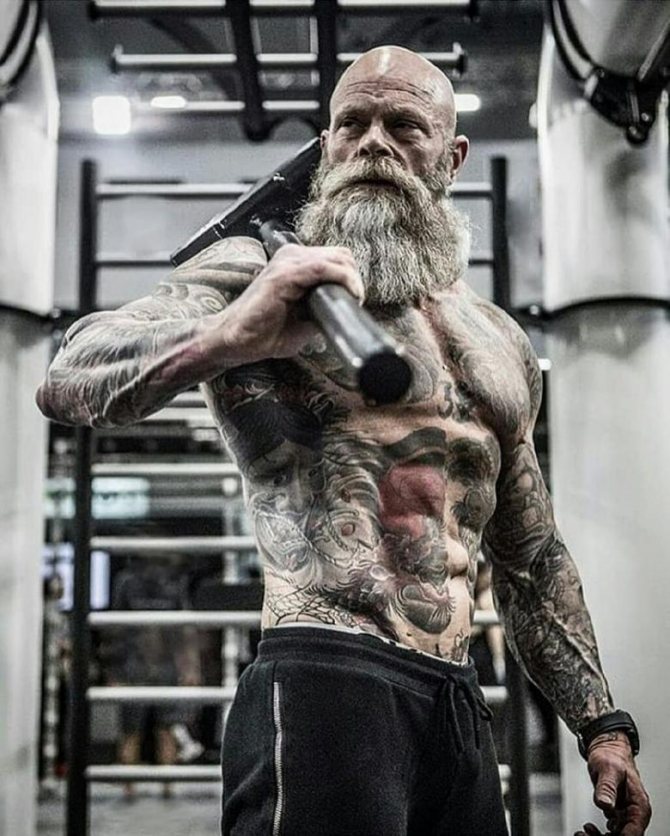

Healthy Eating
Weight changes occur due to a slower metabolism as you age. There is no need to follow strict diets that will only harm the body. You just need to eliminate unhealthy foods and the wrong foods. Don't force yourself on caloric foods, limit your intake of sugar and salt. Avoid alcohol or drink it in moderation. Alcohol drains moisture from the body and consequently the skin becomes dry.
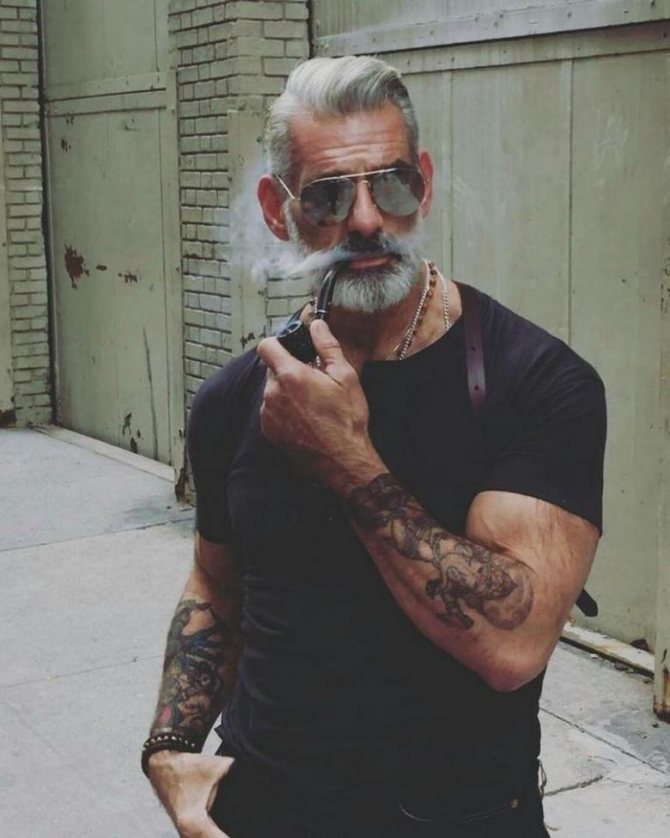

Tattoo care
To avoid having to correct mistakes in the future, choose your tattoo artist carefully. Find a person, whose work is made in the specifics close to you. There is no sense to beat a color tattoo even at the experienced master, dealing mainly with black and white graphics. Look carefully at the author's work, ask him for a photo of healed tattoos, it is also not superfluous to look at the process of his work. It must be done in sterile conditions, on a clean smooth skin, the matron must wear gloves, and the working surface is covered with medical diaper or film. The first time after application is the most important for the "life" of the tattoo. Carefully follow the care instructions given to you by the master. Immediately after the application most tattoos need protection from external influences, as they are physiologically practically open wounds. When tattooing breaks the integrity of the upper layers of the skin, the natural reaction of the body is the release of blood in the process and the blood in a few days after the session. Therefore, in the first days after the tattoo needs protection in the form of a bandage and healing ointment, do not neglect it. After the complete healing the skin with pigment is sensitive to the ultra-violet radiation, therefore it is necessary to smear the tattooed places with a cream with SPF filter during the seasons when the sun is especially active. Otherwise, the pigment of the paint will fade over time, especially for colored tattoos, but the contour black tattoos under direct sunlight will fade to gray or blue tint. In addition to sun protection it is necessary to ensure the proper level of moisture of the skin. The best way to do this is to use cosmetic moisturizers such as creams and lotions. It is more common to dry out exposed parts of the body, such as the hands and face, which are not protected from harsh weather conditions. But let's not forget that in winter most of us are in artificially heated rooms, where the level of humidity is lower than it should be, so all parts of the body need systematic moisturizing. Exterior skin care with medical and cosmetic products will not only help ensure that the new tattoo heals properly and quickly, but will also have a direct impact on how it will look in old age.
Down with prejudice
In Soviet times, tattoos were taboo due to their widespread use in prison circles and the criminal world. Tattooing was considered a distinctive sign of criminals or former prisoners, so the attitude towards the owners of the body art was sharply negative. The lack of professional consumables and tools led to the fact that people began to use improvised means and mastered tattooing machines themselves. Of course, all this had an impact on the quality of the image: tattoos turned out amateurish and primitive.
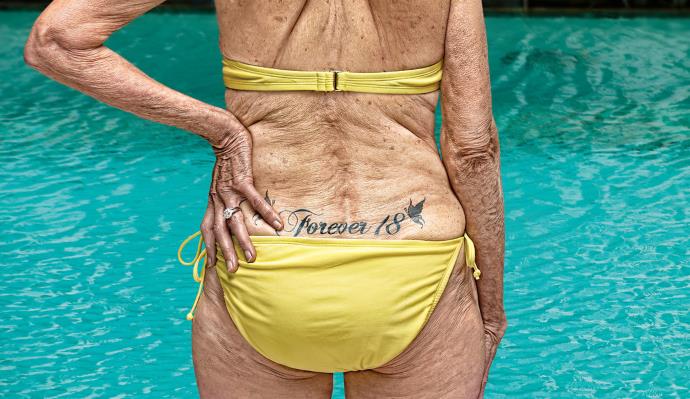

Today the art of tattooing is tirelessly developing and becoming universal. Nearly every second person has a tattoo, and that doesn't necessarily mean they have anything to do with crime. The prejudices about the fact that a tattoo owner will look ridiculous in his old age are already irrelevant. In a few decades, the entire current generation of young people will turn into grandparents, and many of them will be adorned with tattoos. Fear of old age is not a reason to deny yourself the pleasure of looking stylish and fashionable already now!
Sports and tattoos
Sports are an integral part of a healthy lifestyle. People who lead an active lifestyle age more slowly, prolonging the youthfulness of both body and spirit. The aging processes that are inevitably going on in any living organism can be influenced. The task of maintaining lifelong athletic activity is clearly not an easy one. We all have higher priority needs such as family, career and hobbies, but if you realize that a healthy and attractive body at fifty is an integral part of your self-image, it's time to start building it now. Bodies of people who keep themselves in athletic shape look more attractive at any age, but the older a person gets, the more their lifestyle affects their body. While in your 20s having regular workouts in your life may not particularly set you apart from your peers, at the age of 60 a sporty person can be recognized from afar, as they are strikingly different from people their age. How a tattoo looks in old age is directly influenced by the quality of the skin. In people who are keen on sports, it stays elastic longer, retains a smooth appearance. The reason is that as the body ages, muscle mass gradually gives way to fat mass, which, although it is no less voluminous, visually makes the body more flabby. The skin covering the muscles is usually taut and smooth, respectively, and the tattoo on this surface looks the most advantageous. If the body's surface begins to sag and stretch, so does the tattoo. Women are more susceptible to age changes than men, so tattoos in women require more care in old age. Women's skin is more susceptible to wrinkles, and the ability of the female body to retain excess weight throughout life is greater than that of men. Therefore, how tattoos look in old age in women is directly influenced by the efforts made to stay healthy and youthful. Many women tend to care only for the exposed parts of the body, often forgetting about the rest of the skin on its surface. Tattoos in men undergo much less change in old age with equal care. Everyone knows that men age much slower than women. This may be due to the fact that they stay active longer, performing household tasks associated with physical strength. But if you are a man, it does not mean that you can relax and be calm about the fate of your tattoo in old age. It is necessary to monitor the processes occurring in the body with age and take timely measures to combat age-related skin changes.
Where will tattoos last the longest?
It is possible to prevent rapid deterioration of tattoos with age by choosing the right place of application. Most often these are areas where the skin is less susceptible to aging, stretching. The applied images will maintain a beautiful appearance for a long time and look advantageous.
One of the popular places is the inner side of the forearm or wrist. This area is more noticeable by others, but it is subjected to aging more slowly. In contrast, the outer part of the forearm or shoulder is easily stretched due to weight loss or gain. Sunlight often falls on the arms, causing the tattoo to fade, fade.


The upper chest is also a great place for images. Of course, in girls who like to wear open clothes, the area is often exposed to sunlight, due to which the tattoo quickly fades. But the skin on the upper part of the chest does not change from gaining or losing weight, and the picture remains clear for a long time.
On the neck, changes from age can often be noticed. The skin becomes flabby, covered in wrinkles. But the back part is almost unchanged.
Therefore, a tattoo in this area will retain its attractive appearance for a long time, especially if you cover it from the sun with your hair.
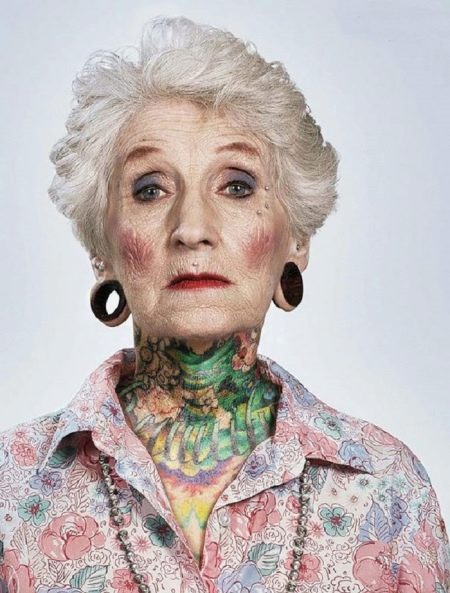

The tailbone is another area that is not subject to excessive aging. Placing a tattoo on the lower or central part of the back will be an excellent solution to maintain its neat appearance. And this area is rarely exposed to the sun.
Tattoos on the ankles or wrists are also not uncommon. Of course, it is quite painful to apply drawings in such places. But the fat in such places accumulates rarely, because of which the tattoo is almost not blurred.


Some people apply images to the ears, face. Can meet such a rare, but tattoos in these areas are sure to be clear for a long time.
The most unsuitable places for drawings are the abdomen, shoulders, sides or thighs. As you age, gain or lose weight, the skin in these areas quickly sags. Tattoos simply blur and lose their shape.
The Importance of Good Nutrition
A well-known saying goes, "You are what you eat." One hears about the need for a healthy diet on almost every corner, and no doubt we all realize the truth of these statements. But the realities of a high-speed rhythm of life dictate the rules. It is often difficult to provide the right foods, and it is much easier to snack on the go or have coffee and dessert instead of lunch. Gradually, the perceived wrong foods become habitual and the diet loses its nutritional value, being used only for pleasure. We have probably noticed more than once, in our own or someone else's example, that the foods we eat have a direct impact on the quality of our skin. A large number of people have major problems with rashes, peeling or dry skin depending on what they eat. For example, large amounts of sugar and whole milk in the diet often cause acne and increased sebum secretion, while a lack of fluid intake (particularly clean water) leads to a disrupted water-salt metabolism in the body, which directly affects dry skin. It is important to be aware of the connection between nutrition and skin health. Problematic skin is much worse at retaining tattoo ink pigment, which means that your diet and the quality of your tattoo in the long run are inextricably linked. Owners of too oily skin, for example, often suffer from blurred tattoo contours, while excessive dryness causes parts of the skin to peel off, along with the pigment. So eating a healthy, high-quality diet can be your ally in keeping your skin in general and the tattooed parts of your skin in particular looking attractive. Age-related changes can also be slowed if you carefully watch your food intake.
Place of application
Tattoos in old age may not lose their shape at all and therefore do not look as perfect as one would like. The skin loses its elasticity and elasticity and the image becomes dull. It is possible to hide the tattooed skin under the clothes, but for this purpose it is necessary to choose correctly the place for the application. For example, the chest, abdomen, buttocks, thighs or back. A small tattoo in any case will not spoil the general image and will be little-noticeable to others. The right choice of a sketch and place of application will protect you from unpleasant consequences and a sense of discomfort.
General rules for preserving tattoos
In addition to all the recommendations voiced above, there are a few more recommendations that will help you keep your tattoo bright and clear for years to come. Imagine: you have just come out of the salon with a new dream tattoo, you can't wait to show it to the whole world, but you have to restrain your ardor and save the update:
- The first few days after the tattoo needs constant care and rewinding with a bandage. It is necessary to keep the place with a fresh design in a sterile state, to wash periodically with water and soap and to smear with healing ointment until the crust appears - this is the first good sign, saying that the healing process is going well.
- Do not scratch or rub the crust that has appeared. Never peel off the thin layer of protective crust that forms on top of the crust. As a rule, at the moment of its appearance on the surface of the skin there is a strong itching, which is also a sign of a properly proceeding tattoo healing. Light stroking and rinsing with cool water can relieve the discomfort, but limit the mechanical action on the skin during this period of time.
- Refrain from visiting swimming pools and baths for a period of time until the tattoo is completely healed. Avoid excessive steaming of the skin during the month, including excessive soaking in warm bath water. Skin pores dilate with heat and the coloring pigment can detach from the skin. Swimming in a public pool is also not recommended in the first weeks after a tattoo parlor session. Germs and bacteria can get on the surface of the wound and make it difficult to heal, not to mention the risk of blood poisoning.
- Try to wear loose clothing that doesn't put pressure on your fresh tattoo. Make sure that the stitches and parts of your clothes do not rub against it. You should also give up woolen and synthetic clothing for a while, so as not to irritate the skin, after healing you can go back to it.
- Be careful about contact with animals. Pets can be vectors of infection, so try to avoid direct skin contact with pets.


